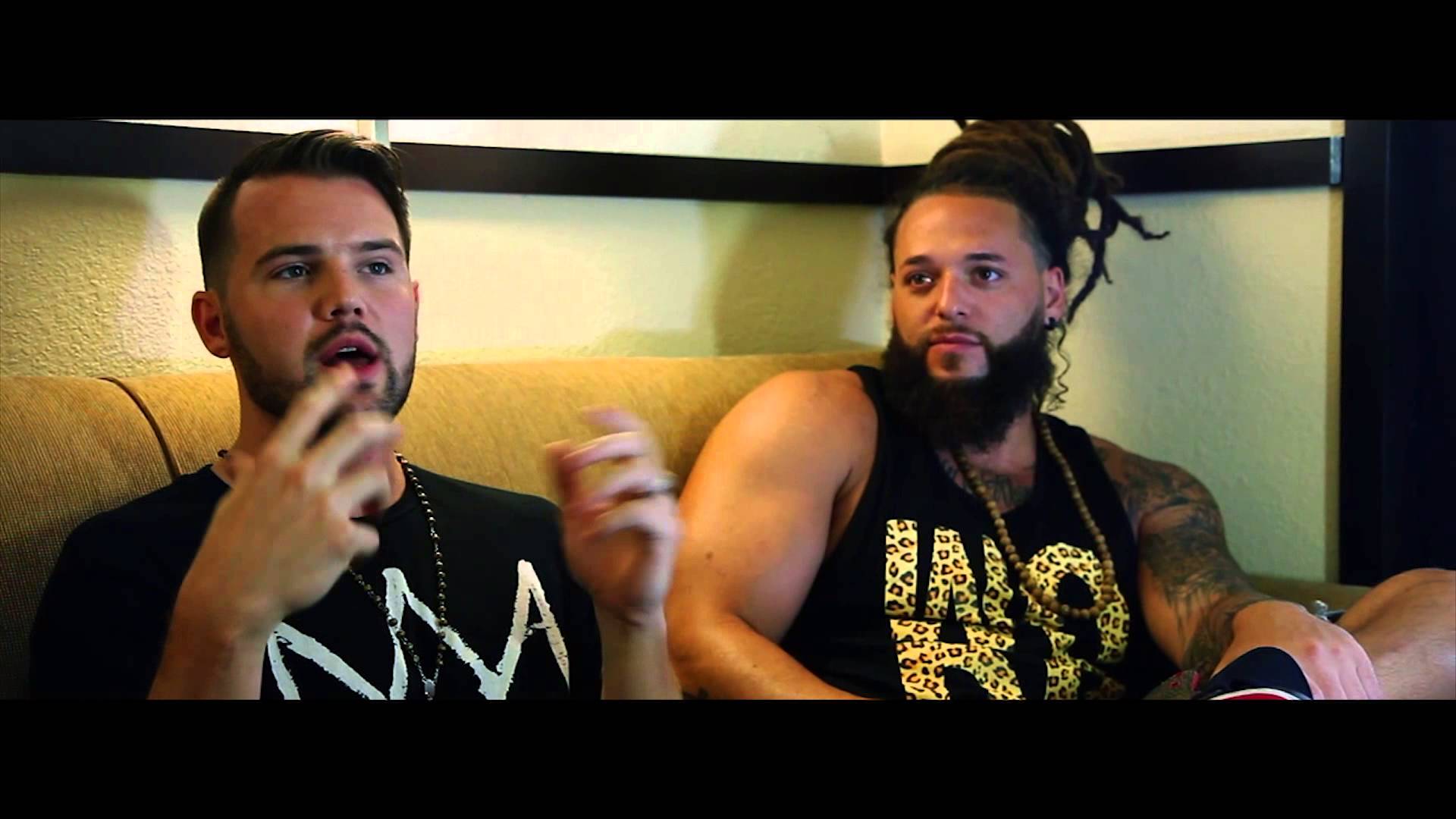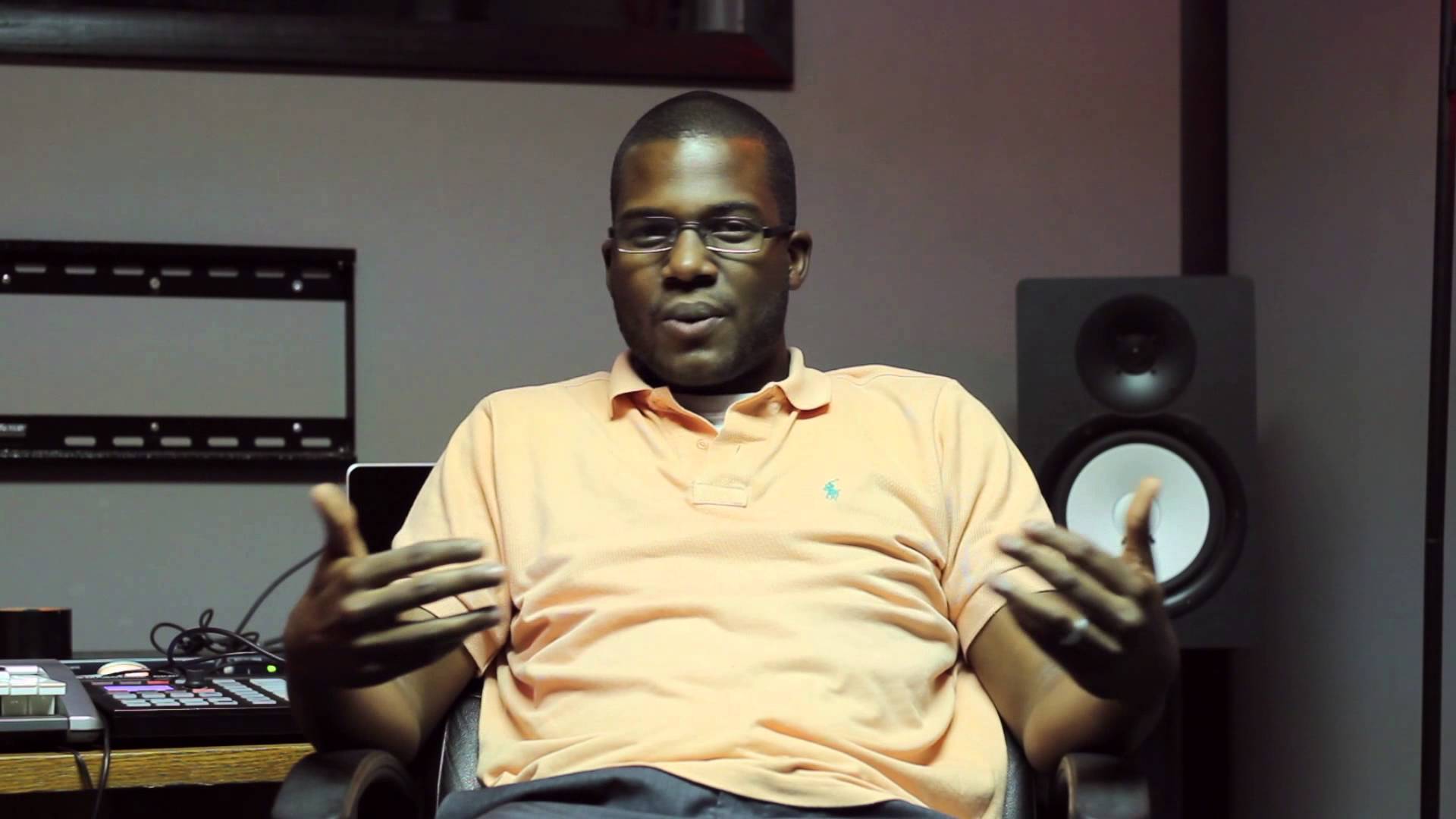There are many aspects to making beats that a producer should focus on to better his/her craft. Weather its having better drum patterns, better piano skills, or better trap beats, we all work on an area so we can get better. However, one that I often see neglected is mixing. Now I know what you’re already thinking: “IsRael, why should I focus on mixing when its going to get mixed by another engineer anyway when I send it off to the label?” Well, you have to make the album first, and having better mixing skills will significantly increase your chances of landing on a major project and here’s why:
 When you submit a beat to an artist here is what usually happens. You send the beat, the artist gets it and opens up his/her email and low and behold, they hear your beat. Great, there’s one problem though, there are also 30 other producer’s beats in his/her email as well and they will be going through all of them listening to the beats that stand out. Of course, talent will ALWAYS outweigh sonic clarity, however if your beat comes on and the 808s are BANGING, snares are CRISP and it already sounds like a record… You’re already one up on the next beat he plays that might sound good musically, but sounds more like a homemade demo than his/her next lead single.
When you submit a beat to an artist here is what usually happens. You send the beat, the artist gets it and opens up his/her email and low and behold, they hear your beat. Great, there’s one problem though, there are also 30 other producer’s beats in his/her email as well and they will be going through all of them listening to the beats that stand out. Of course, talent will ALWAYS outweigh sonic clarity, however if your beat comes on and the 808s are BANGING, snares are CRISP and it already sounds like a record… You’re already one up on the next beat he plays that might sound good musically, but sounds more like a homemade demo than his/her next lead single.
Think of it like this, every beat you send is like an interview for a new job. You want to look your best so the boss can make the best assessment of you and you can make a good first impression. Now, of course you won’t only get the job because your suit is nice and you look presentable. You still need the skill set the boss is looking for, but if you have both the skill set and the look, your chances are really high of getting hired. It is the same with production, you want the artist to have that “WOW” moment when they press play on I-Tunes or better yet when they bump it in the car, it needs to sound like a record!
Now that we have the “why” lets get more into the “how” of the mixing. The goal in mixing is simple; balance all of the instruments in a song. Now, how you do that is what makes a mix good or not. I like to put them into 5 categories. Volume (Faders), Panning, EQ, Compression, and Time based effects (Reverbs, chorus, delays etc etc). Once you master these five areas in mixing, your beat sales WILL go up and who knows, maybe you can use your mixing skills to mix other artist records and use that as a second income when you’re no making beats. Lets dive in!
Now this will not apply if you mix while your making the beat but, if you’re like many producers, you make the beat and then mix it later. Before I do any signal processing to any of the channels, the first step is to get the faders right. You should be able to get a decent mix with just moving the faders. Essentially, this is building the foundation of your house everything else goes after it. Once you get a good balance going, start opening up the mix with panning.
After the mix is gelling, I typically start Eq’ing. I am a firm believer in removing what I do not like first and then boosting what I do like later. Often times I see the mistake of producers boosting the bass on kicks to get them to hit harder. While this is not necessarily wrong, it would be better to cut some bass from other instruments so that you can more clearly hear the bass in the kick. Remember, there is only so much frequency space (20Hz to 20Khz to be exact) and you have to carve out space so all of the instruments can “fit” into the sonic puzzle we call music.
Compression can be an extremely deep topic that I won’t get into this article because there could be another 6 articles worth of material here. Instead I will stick with the basics. There are four basic parts that you need to know in order to effectively use a compressor. They are: Threshold, Ratio, Attack, and Release. I know this can be a complicated subject and instead of going into all of the technical aspects, I thought I would tell a story that may help.
Think of Threshold like the line in sand at the beach and you tell your friend, “IF YOU CROSS THIS LINE I AM GOING TO ATTACK YOU!” That’s what a threshold is, once the signal passes it, the compressor attacks it. Ratio is how much compression you want to happen after the signal passes the threshold. Think of this as how strong you are going to hit your friend after they cross the line. The higher the ratio (1:1 – 100:1) the more the compressor is going to compress the signal. Attack is simply how fast the compressor attacks the signal after it passes the threshold. Think of it like this, you have already decided what line they needed to cross, and how hard you are going to hit them, attack is how fast you’re going to react to them crossing the line. So lets say you set the attack for the compressor to 10ms (Milliseconds), once the signal passes the threshold, it will take 10ms until the compressor actually does any compression to the signal. Release is simply how fast the compressor stops compressing.
Time based effects are pretty self explanatory so I wont go deep into these either but, one huge mistake I see a lot of producers make is adding these FX directly on the track and using the “wet/dry” controls to control the amount of delay or reverb is on the sound. That is “A” way to do it but it limits your creativity. Lets say you have this amazing delay, but you think it needs a flange effect. Using the wet dry controls, there is no way to add the flange ONLY to the delay and not the actual sound itself. You should add all of your time based FX to “Aux/FX Tracks.” This will open up a whole new world. Not only can you now add compression, reverb, and tape simulation to ONLY the effect, but you can also save so many resources by sending multiple signals to the same effect while only using one plug in!
These are only the basics of what mixing entails and there is no way I could cover all of the topics I want to cover in one article so I will be starting a series on mixing. Tune in two weeks from now, I’ll be diving deeper into compression and how you can use it to make your music sound more professional. Hopefully, this introduction has helped you begin to think about how important mixing is and how it can be a valuable asset to your career. If you have any further questions, Please do not hesitate to email me, IsRaelMusiq@Gmail.com.
Twitter: @IsRaelMusiq





